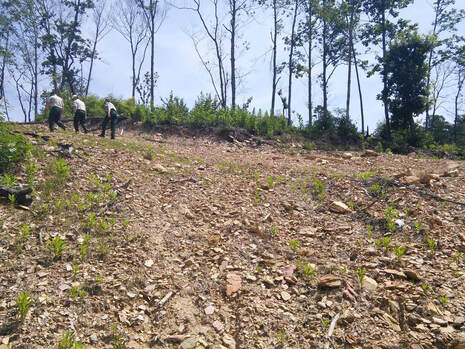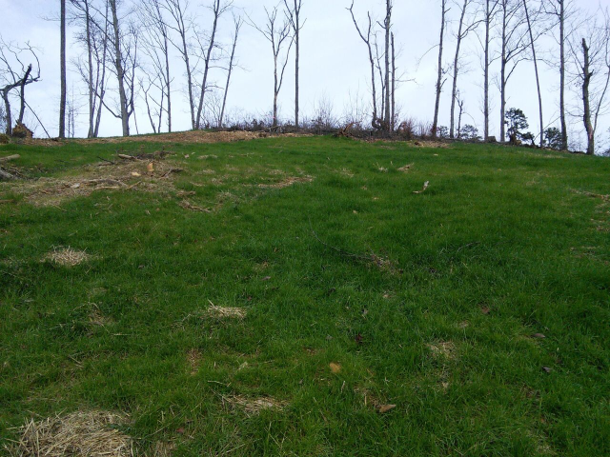Environmental Economics and Public Oversight of Our National Forests
For decades, both Congressional and independent research has shown that the National Forest timber program loses money. Beyond the rote dollars and cents of sale receipts and subsidies lies other costs to the taxpayer and the health of the forest. Environmental economics and citizen oversight is an underrated part of public participation in National Forest Management.
In the 1990's the Congress' Government Accountability Office (GAO) tried to research the Forest Service's Timber, finding some glaring inefficiencies, such as a backlog of thousands of miles of roads that are mostly subsidized logging road infrastructure. Ultimately, it found that after extensive research, that the agency's accounting system was obscure and deceptive to the point of being unaccountable.
A new report by the Center for Sustainable Economy, has found that the agency loses up to 2 billion dollars a year due to subsidies and other factors that distort timber markets and contributes to an overall loss of forest biodiversity and productivity.
Key findings of the report include:
Indeed, citizen watchdog groups have found that "creative accounting" conceals effects to the land that are not often accounted at all. Members of Tennessee Heartwood found through field work and use of internal agency documents obtained through the Freedom of Information Act that that the Forest Service had to spend over $100,000 to mitigate a single site at a disastrous timber sale (the Hogback/Island Creek sale) in the Cherokee National Forest that had eroded to the point of being unable to regenerate itself. This information was important in building a case for the agency to not repeat its actions in future projects. As a result, the agency wisely withdrew two timber sales, the Stone Pile sale, and the Dinkey sale, and rewrote them in a way that took into account the likely risks that logging on sites simliar to those at Hogback would incur- including costs to the taxpayer to mitigate logging on sensitive sites. This would not have happened if there had been no meaningful public comment rights for citizens.
In the 1990's the Congress' Government Accountability Office (GAO) tried to research the Forest Service's Timber, finding some glaring inefficiencies, such as a backlog of thousands of miles of roads that are mostly subsidized logging road infrastructure. Ultimately, it found that after extensive research, that the agency's accounting system was obscure and deceptive to the point of being unaccountable.
A new report by the Center for Sustainable Economy, has found that the agency loses up to 2 billion dollars a year due to subsidies and other factors that distort timber markets and contributes to an overall loss of forest biodiversity and productivity.
Key findings of the report include:
- Federal forestlands are far more valuable when managed for carbon and other ecosystem services yet logging on these lands continues to be subsidized.
- Taxpayers subsidies for the federal logging program ranged from $1.6 to $1.8 billion per year in fiscal years 2013 through 2017. The estimated losses are conservative as they do not include logging related damages to water, soils, wildlife and other resources.
- The Forest Service attempts to justify these losses by hiding commercial timber sale projects within larger ecological restoration projects – a move that consistently lands the agency in court.
- Selling timber from federal lands below cost is a form of environmentally harmful subsidy that runs afoul of international agreements.
Indeed, citizen watchdog groups have found that "creative accounting" conceals effects to the land that are not often accounted at all. Members of Tennessee Heartwood found through field work and use of internal agency documents obtained through the Freedom of Information Act that that the Forest Service had to spend over $100,000 to mitigate a single site at a disastrous timber sale (the Hogback/Island Creek sale) in the Cherokee National Forest that had eroded to the point of being unable to regenerate itself. This information was important in building a case for the agency to not repeat its actions in future projects. As a result, the agency wisely withdrew two timber sales, the Stone Pile sale, and the Dinkey sale, and rewrote them in a way that took into account the likely risks that logging on sites simliar to those at Hogback would incur- including costs to the taxpayer to mitigate logging on sensitive sites. This would not have happened if there had been no meaningful public comment rights for citizens.

